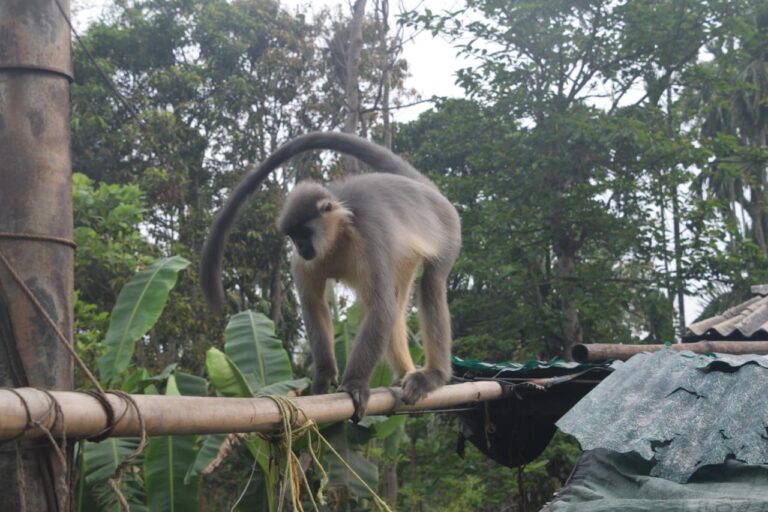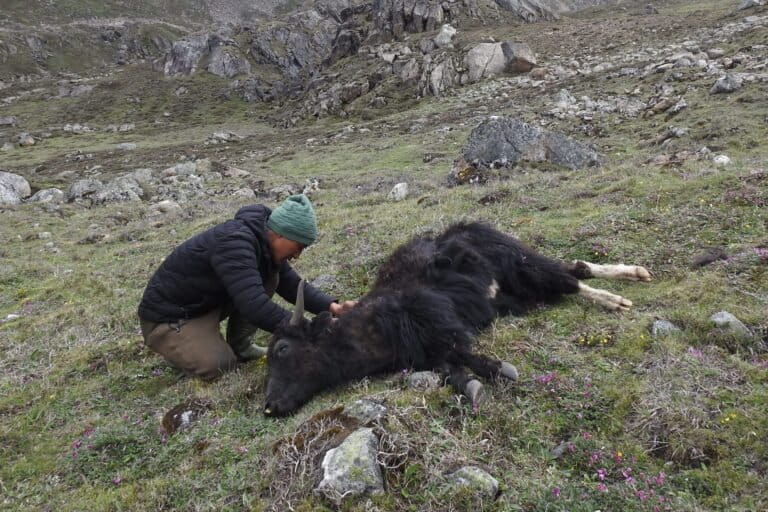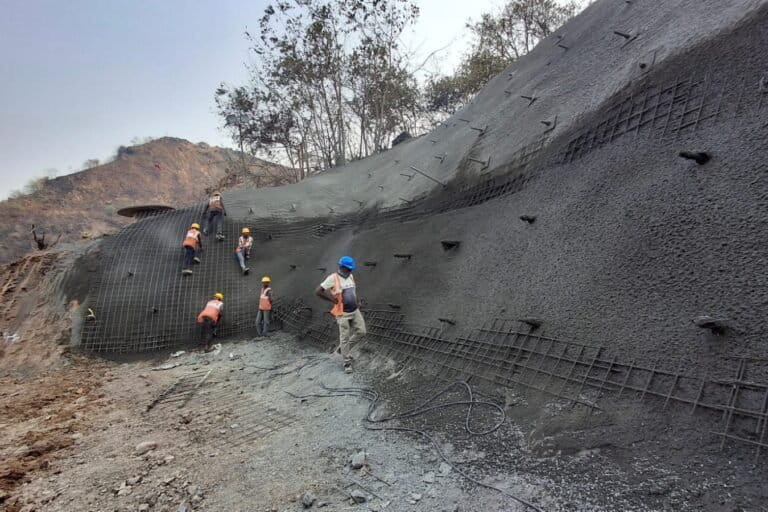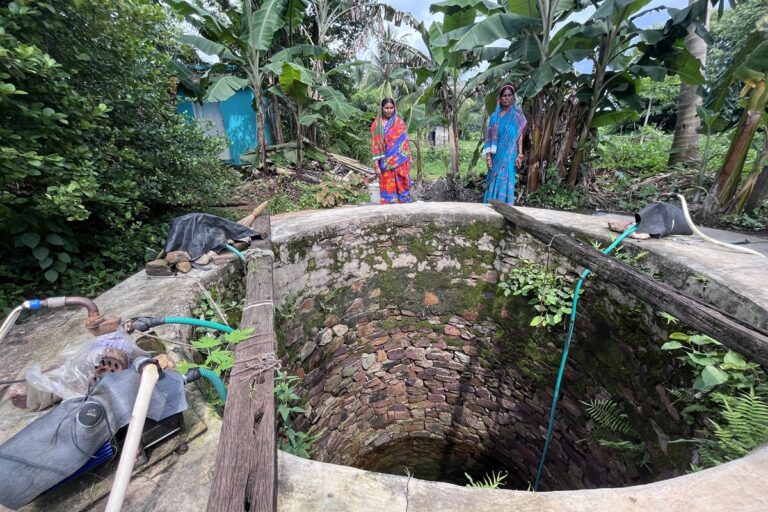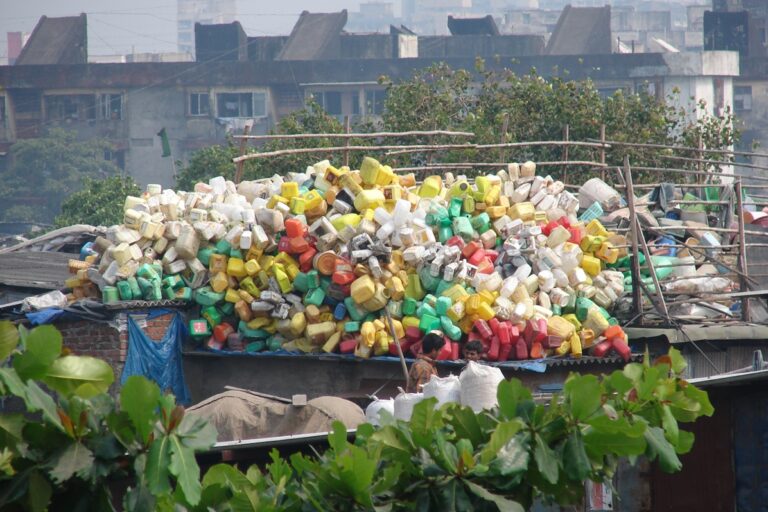- Doctors in Kerala attribute the high number of infectious and zoonotic diseases detected in the state, to good surveillance and rigorous testing.
- Experts highlight the role of landuse change that brings animals closer to human settlements, thereby contributing to the spread of zoonoses.
- Kerala however, has emerged as a top-performing state in several healthcare indices over recent years.
India reported its first case of COVID-19 in January 2020. The patient was a 20-year-old female admitted to a government hospital in Kerala’s Thrissur district. She had contracted the disease following her return from Wuhan city in China, the pandemic’s epicentre.
Kerala has also witnessed several Nipah outbreaks – from 2018 to September 2024.

South Asia’s first fast-spreading Clade 1b variety of Monkeypox was also detected in Kerala. Amoebic meningoencephalitis (brain-eating amoeba) caused five deaths in the state between July and September this year. Punjab (41), Kerala (34), and Gujarat (28) recorded the highest number of deaths by influenza A virus H1N1, among Indian states, according to the National Centre for Disease Control in August 2024.
Why is the southern coastal state reporting several infectious diseases? Rigorous testing, strong surveillance, and a transparent system, allow for accurate investigations and detection, say health experts.
‘A dynamic system with high detection’
The reporting of infectious diseases in Kerala can be attributed to the state’s high detection ability, opines Dr. Anish TS, a professor of Community Medicine at Government Medical College in Kozhikode. He spoke to Mongabay India citing the example of deaths due to Nipah virus in Malappuram district this September. “A patient came with Nipah symptoms to a medium clinic and later died at a private hospital at Perinthalmanna. The medical officer at the hospital wanted to investigate the death and Nipah was detected through death auditing (documenting the causes of death and the factors that contributed to it). See how many hands our system has? It is very dynamic,” he said.

“Why is Mpox (formerly called monkeypox) detected only in expatriates to Kerala? This is not a disease that originated in Kerala but is transmitted from outside, which means that detection happens in Kerala. Testing results in detection in the case of other communicable diseases too. Only Kerala and Delhi have detected Mpox,” he continued.
South Asia reported its first case with the new Mpox strain called Clade 1b in Kerala, on September 23 this year in a 38-year-old man who had travelled from the United Arab Emirates. The Clade 1 strain prompted the World Health Organization to declare a public health emergency.
Increasing vulnerability with population movement
There are also other diseases which did not originate in Kerala, but were transmitted through travel. Dr Aravind R, head of the Department of Infectious Diseases Government Medical College Thiruvananthapuram, adds to Anish’s statement, “Last December, there was a fuss over the JN.1 Omicron (a coronavirus) variant found in Kerala. The virus did not originate in Kerala but in some other states in India. We detected the case because our surveillance is strong and we are transparent. Also, Kerala has an epidemiological vulnerability, a foreign diaspora. If any disease is diagnosed elsewhere, the chances for a Malayali to transmit it are high.”
The JN.1 strain of coronavirus was detected in Kerala in December last year, in a 79-year-old woman. According to the Kerala Migration Survey 2023, the number of emigrants from Kerala is estimated to be 2.2 million. The state also hosts about four million migrant workers from 25 other Indian states. Aravind cited Kerala’s high population density as a reason for the state’s chances of disease spread.

He explained, “We have a demographic vulnerability with a high aging population. The chances of contracting spillover diseases are also high. On one side is the Western Ghats, with scores of water bodies, no urban-rural divide, and frequent human-animal contact. Because of these factors, we are always vigilant about emerging and re-emerging cases in the state. The surveillance system has become stronger post-Nipah.”
The percentage of people aged 60 and over in Kerala has shot up from 5.1% to 16.5% in the past six decades, the highest proportion in any Indian state. Kerala’s population density, as per the 2011 census, is 860 persons per square kilometre.
An ideal climate for disease-borne vectors
Kerala’s tropical climate is also a contributing factor to the spread of communicable diseases, says Lakshmy Ramakrishnan, Associate Fellow at Observer Research Foundation (ORF) Delhi. “Take the examples of mosquito-borne viruses dengue and West Nile –the hot, humid, and rainy conditions in Kerala form a very good breeding ground for these disease-borne vectors. Recently however, owing to climate change and improper water drainage facilities, the state has witnessed increased rainfall and flooding events, leading to stagnation of water, which again forms a good breeding ground for mosquitoes.”
According to Ramakrishnan, ecological factors play a significant role in the outbreak of zoonotic viruses. “Nipah and Mpox are zoonotic viruses that have crossed the species barrier and now possess the ability to infect humans. Climate change is a contributing factor but the major factor rests with the altered behaviour between humans and animals. For instance, in the case of Nipah virus, whose reservoir is the fruit bat, changes in land-use patterns and increased urbanisation resulted in the destruction of bat habitats. Bats enter human settlements in search of food and shelter and eventually, humans and animals come into contact. If the bat harbours Nipah, the transmission to humans occurs,” she added.
Fruit bats, the most common carriers of the Nipah virus, are more diverse in tropical regions. “There are nearly 50 discovered bat species in Kerala and 10-15 undiscovered, cryptic species. Urbanisation and deforestation destroy the habitat of bats,” explained Sreehari Raman, a biologist and research scholar at Kerala Forest Research Institute. “Six species of fruit bats are found in Kerala of which three can be found in any terrain. Lowlands are fast-developing in Kerala, and three fruit bat species can be found here. When roosting conditions are altered, the bats will split and start moving (Nipah virus is present in bat urine, faeces, saliva, and birthing fluids).,” Raman told Mongabay India. However, he pointed out that Kerala’s high number of recurring Nipah cases are attributed to consistent reporting, whereas this may not be the case in other states and countries where the bat population is also high.

Ramakrishnan also attributed the recent outbreaks of waterborne diseases, such as cholera and hepatitis to poor water purification systems. “Contamination of water sources and supply of untreated water has exposed people to various pathogens. This is a critical situation that needs to be addressed. In addition, greater awareness about hepatitis A vaccines could be carried out by the medical community,” she suggested.
According to a recent official estimate, the state needs to meet a gap in sewage treatment. The total sewage generated in the state is 1,192 million litres per day while the daily total sewage treatment capacity through existing treatment plants is around 138.3 million litres.
However, Kerala is considered a high performer in health indices. It emerged as the top-performing state in the health sector in 2020-21 according to a 2023 report by Niti Aayog, a public policy think tank of the Indian government. The state also topped the annual health index for the same year among the 19 larger states. It remained the best-performing state in several health indicators for a fourth consecutive time in a 2019-20 report by Niti Aayog, Union Health Ministry, and the World Bank.

“Kerala’s consistent performance in NITI Aayog’s health index is an indicator of its capacity in various pertinent health parameters, such as reducing neonatal mortality rates, increasing immunisation coverage, and increasing the number of Primary Health Centres. I do not think there is any dispute in that regard,” Ramakrishnan said.
Under the Aardram Mission, which aims to make government hospitals more people-friendly, Kerala upgraded 170 Primary Health Centres (PHCs) to FHCs (Family Health Centres) in 2017-18 and another 500 the following year.
Read more: Kyasanur Forest Disease: A ticking health bomb in the Western Ghats
Interventions from the state
Apart from rigorous tracing and testing mechanisms, Kerala also has an effective disease containment mechanism. In response to the recent Nipah outbreak, the authorities quickly designated the civic wards in the nearby gram panchayats of Tiruvali and Mampad, as containment zones. As a precaution, schools, madrasas, coaching and tuition centres, and cinemas in the area were closed. Strict contact tracing and containment measures, which were also enforced during the COVID-19 pandemic, were implemented.

Additionally, as part of the One Health programme, the state recently completed an integrated outbreak investigation in four districts. One Health focuses on improving human health outcomes by recognising the interconnectedness of people, animals, plants, and their shared environment. The Health Department in September directed to test amoebic meningoencephalitis too, in suspected cases of meningitis. Preventive measures were strengthened by tracing contacts of the index patient when Mpox was detected in September. An isolation facility was set up in all districts and surveillance was strengthened at the airports. Of the 25 people who have recovered from amoebic meningoencephalitis worldwide, 14 are from Kerala. The state has begun researching the disease based on the One Health approach, a first for the country.
“I would not say that Kerala lost the vigil of its healthcare system. The state needs to boost its prevention, surveillance, and detection mechanisms by focusing on the One Health approach. This requires various stakeholders, including public health officials, medical professionals, animal husbandry scientists, and social scientists to formulate community engagement strategies that will aid in prevention,” Ramakrishnan concluded.
Read more: [Interview] Taking One Health approach to tackle zoonoses crucial for India
Banner image: (Representative Image) A COVID19 Outreach Program. Image by Trinity Care Foundation via Flickr (CC BY-NC-ND 2.0).






